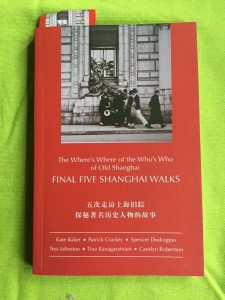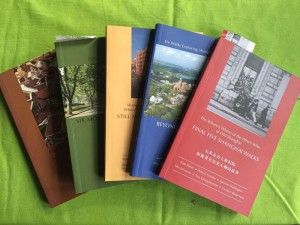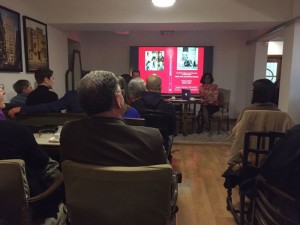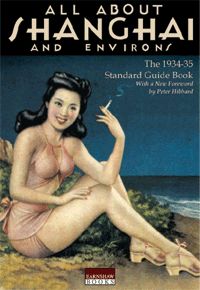
Books about old Shanghai are today numerous and one only needs to buy them to get information. In was not the case at my arrival in the city, in 2004. Old Shanghai was not far from being a taboo topic for most people Chinese and foreigners alike. In the age prior to social media (remember Facebook was found in 2004), information was difficult to find beyond the extensive but not so user friendly Tales of Old China. Some of the Tess Johnston‘s and Deke Erh’s books already existed, but they could only be found in a few places.
A lot has changed on that topic since and many books have been published on the topic in Shanghai and abroad. I mostly write about foreign languages books, but numerous books in Chinese have also been published. Old Shanghai has become fashionable, and the Shanghai municipality is really doing an effort for preservation. Quite a bit has been lost in the meantime, but Shanghai still has enough of its past to have seen the World Art Deco Congress come to it in 2015.

The most popular series of books about Shanghai is probably the Shanghai Walk series, started by Tess Johnston in 2007. Practical and insightful, the original “Six Shanghai Walks” was a real novelty, combining in-depth research and often unheard information in the format of walks lasting about 2 hours. This is the perfect format enjoy walking the streets of Shanghai, alone or in a small group. The book became so popular that 4 more followed over the years, taking visitors beyond the concessions to further parts of the city.

Last Thursday saw the launch of the latest walk guide book, “Final five Shanghai Walks”, an event organised by Historic Shanghai. This last book contains walks centered around famous and infamous people living in Old Shanghai concessions. They including American journalist and publisher JB Powell, Chairman of the Shanghai Municipal Council Tirling Fessenden, Chinese architect Robert Fan, movie start Ron LingYu and many more. This walk guide is the latest and probably the last of the series as Tess Johnston will be retiring to the USA later this year. Another reason to grab it and enjoy the walks, now that good weather is coming back.
 I had read parts of this book over the internet before, as it is available on the
I had read parts of this book over the internet before, as it is available on the